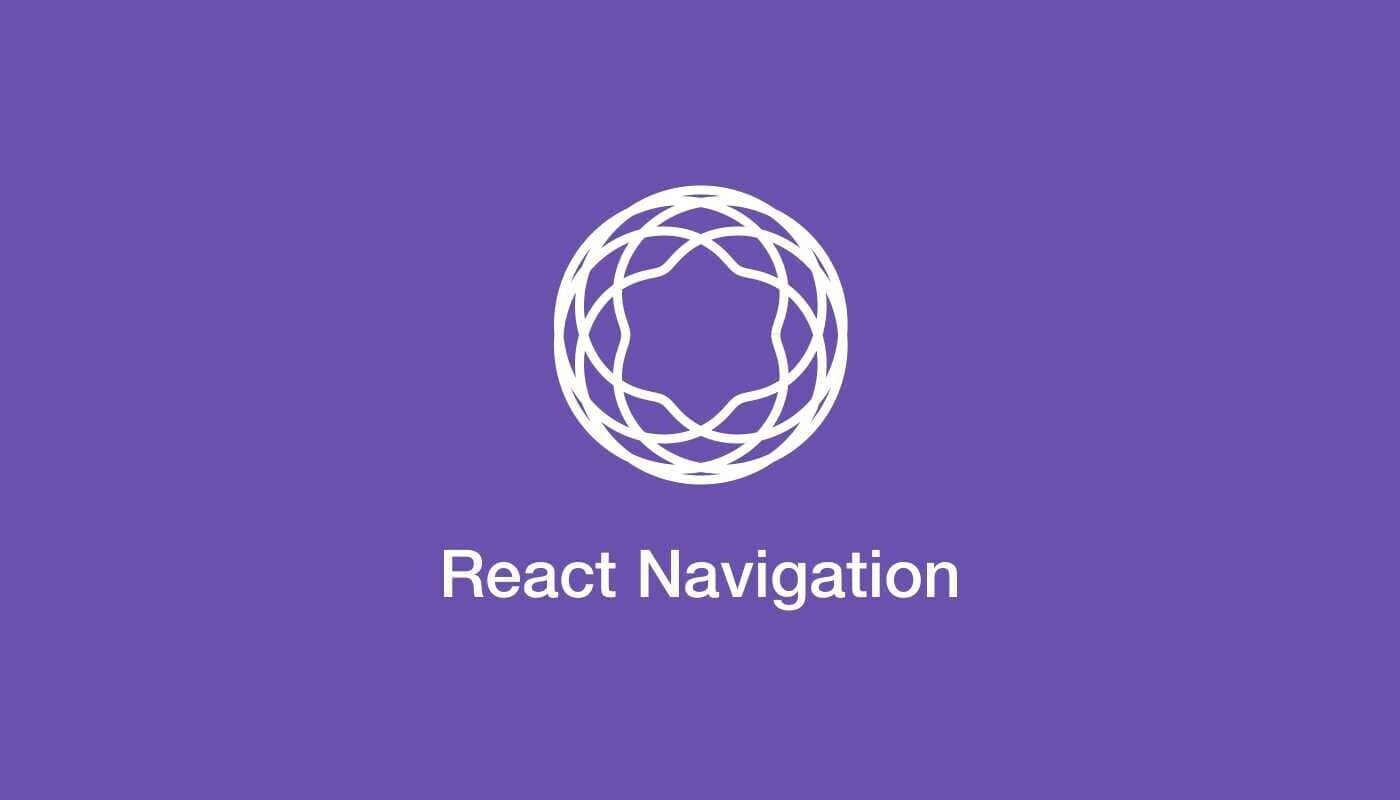
Blog Articles
Cross-Platform vs Native App Development
Table of Contents
In the dynamic realm of mobile app development, where the stakes are high and user expectations even higher, choosing the right development approach can be a make-or-break decision. Enter the age-old debate of Cross-Platform vs Native web Apps Development – a decision that demands careful consideration of various factors. As we embark on this journey, let’s explore the intricacies of each approach, deciphering their advantages and drawbacks. Whether you’re a seasoned developer or a business owner venturing into the app landscape, this guide aims to provide the insights needed to steer through the complexities and make an informed choice.
The Rise of Mobile Apps
Mobile applications have become integral to our daily lives, serving as conduits for communication, productivity, entertainment, and commerce. The demand for feature-rich, high-performance apps has spurred an ongoing quest for the most effective development strategies.
The Cross-Platform Promise
Cross-platform development promises efficiency by enabling the creation of apps that can run on multiple platforms with a single codebase. It champions the idea of write once, deploy anywhere, presenting an appealing prospect for developers aiming to streamline the development process and reduce time-to-market.
Cross-Platform App Vs Native App
In the dynamic realm of mobile app development, the choice between Cross-Platform and Native App Development stands as a pivotal decision, each offering distinct advantages and trade-offs. Cross-platform development, championed by frameworks like React Native and Flutter, promotes efficiency through code reusability, allowing developers to write once and deploy across multiple platforms. This approach appeals to those seeking cost-effectiveness and quicker time-to-market.
On the other hand, Native web App Development adheres closely to platform-specific languages, ensuring optimized performance and seamless integration with native features. The decision hinges on factors such as project requirements, budget constraints, and the desired user experience, as developers navigate the intricate balance between streamlined development and platform-specific excellence. Ultimately, it’s a nuanced choice that shapes the trajectory of a mobile app’s success in an ever-evolving digital landscape.
Key Features of Cross-Platform:

Code Reusability
Cross-platform frameworks enable developers to write code once and deploy it across multiple platforms. This significantly reduces development time and effort.

Cost-Effectiveness
Developing a single codebase for multiple platforms is cost-effective compared to building separate native apps for each platform. This is especially beneficial for projects with budget constraints.

Faster Development Cycles
Cross-platform development often results in quicker development cycles. Changes and updates can be implemented more efficiently since they apply to all platforms simultaneously.

Simplified Maintenance
With a single codebase, maintaining cross-platform apps is simpler. Bug fixes, updates, and new features can be implemented more efficiently than managing multiple codebases.
Key Features of Native App:

Optimized Performance:
Native apps are optimized for the specific platform they are built on, ensuring maximum performance and responsiveness. This results in a smoother and more seamless user experience.

Access to Native Features
Native apps have immediate access to the latest features and functionalities offered by the platform. This includes hardware features, software capabilities, and updates specific to the operating system.

Enhanced User Experience:
The focus on platform-specific design and optimization contributes to an enhanced overall user experience. Native apps often feel more intuitive and integrated with the device’s ecosystem.

App Store Optimization
Native apps can leverage platform-specific app stores (e.g., Apple App Store, Google Play Store), benefiting from their discoverability and distribution channels. This is crucial for reaching a wide audience.
Comparison Cross-Platform VS Native Apps
| Cross-Platform | Native App | |
| Performance | Code reusability can streamline development, but performance may be compromised in graphics-intensive or complex scenarios. | Optimized for the specific platform, native apps deliver superior performance, making them ideal for graphics-intensive applications. |
| Development Time | Code sharing allows for faster development cycles, quicker time-to-market, and easier maintenance. | Immediate access to new platform features, providing a seamless integration experience. |
| Cost | Cost-effective due to code reusability and a single codebase. | Offers efficiency but may involve higher development costs due to separate codebases. |
| Access to Native Features | Some frameworks allow integration of native modules, offering flexibility. | Immediate access to the latest platform features, ensuring optimal utilization. |
| User Experience | Aims for a consistent user experience across platforms. | Provides a more polished and consistent user experience adhering to platform-specific design guidelines. |
Conclusion:
In the dynamic landscape of mobile app development, choosing between Cross-Platform and Native web apps depends on project-specific requirements, budget constraints, and the desired user experience. Cross-platform development offers efficiency and cost-effectiveness, while native development excels in performance and platform integration. The decision ultimately rests on a careful evaluation of priorities, goals, and the trade-offs associated with each approach. Whether optimizing for speed, performance, or versatility, developers and businesses should consider these factors to make informed decisions aligning with the unique needs of their projects.

Get a Fast Estimate on Your Software Development Project
We are committed to delivering high-quality IT solutions tailored to meet the unique needs of our clients. As part of our commitment to transparency and excellence, we provide detailed project estimations to help our clients understand the scope, timeline, and budget associated with their IT initiatives.
Related Post









